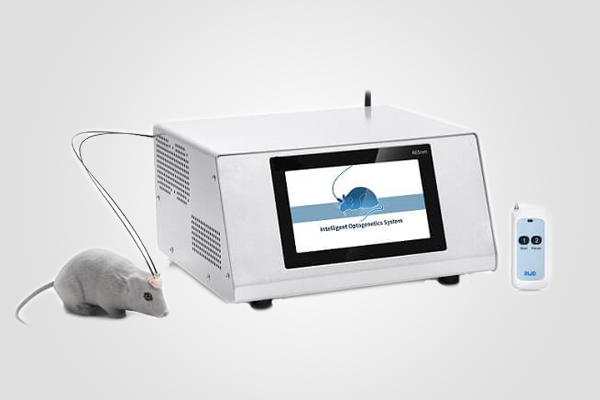Description:
Optogenetics uses light-responsive proteins to control biological processes. Using genetic methods to express light-sensitive channel proteins in specific cell populations, these light-sensitive channel proteins will open under specific wavelengths of light to pump protons out of the cell, or anions (such as Cl-), cations (such as Na + and K +) pumped into the cell to hyperpolarize or depolarize the cell, so that the cell can be inhibited or excited instantly. The unmatched spatiotemporal precision, high tunability, reversibility, and few side effects of light makes optogenetics a powerful strategy to study neuroscience and complex biological systems. For these reasons, optogenetics has already revolutionized disciplines such as neuroscience, developmental biology, and cell signaling, and is poised to do the same with cellular metabolism. The following are common research directions, for example neural circuit basic research, learning and memory research, addiction research, dyskinesia, sleep disorder, Parkinson’s disease model, depression & anxiety animal models and other applications.
Features & Benefits:
The new system is equipped with remote control function, one-click test conversion and three signal triggering modes to meet diversified experimental requirements. Using this instrument, it can reduce the interference of human factors to animal behavior experiment, and the unique test program and experiment record output view function are more conducive to experiment management.
- High Stability - Ensure that the regulation effect is consistent during the experiment
- Remote Control - Avoid more human factors in animal behavioral experiments
- Fast Response - Reduce the time lag between animal behavior and optogenetic regulation
- Multiple Trigger Modes - Meet diversified experimental requirements, such as electrophysiology, fiber photometry etc.










